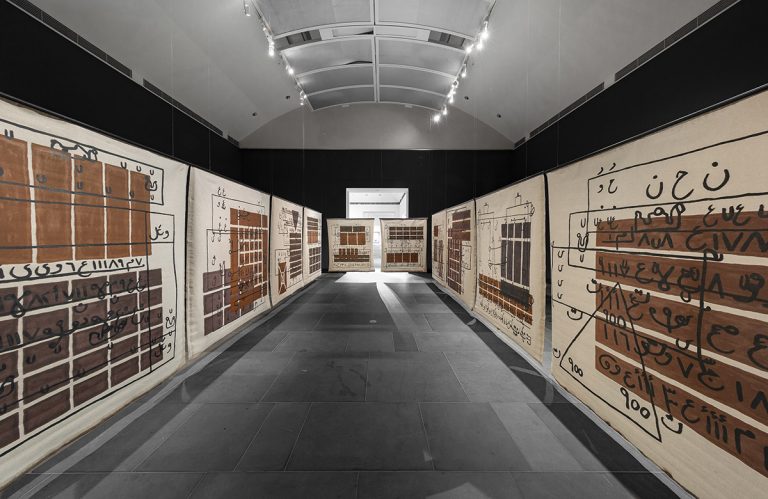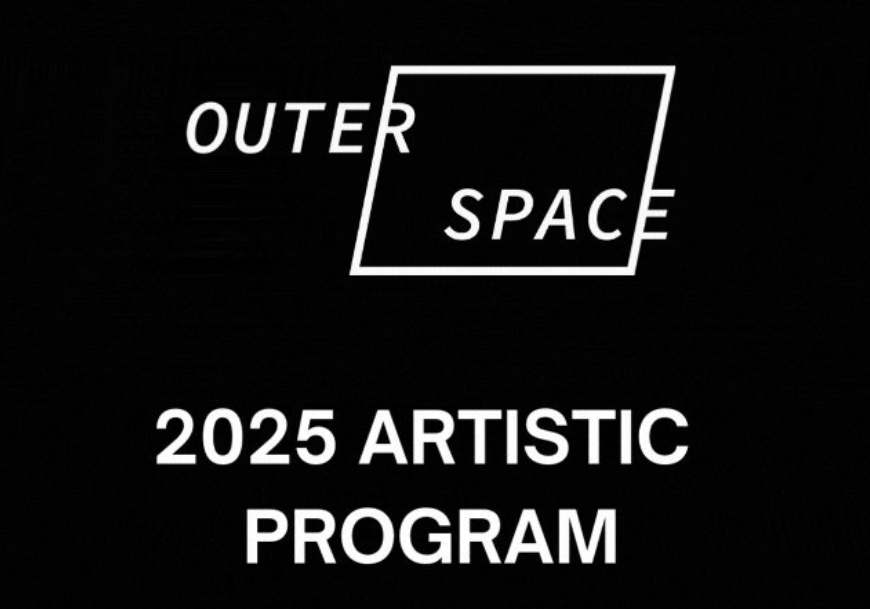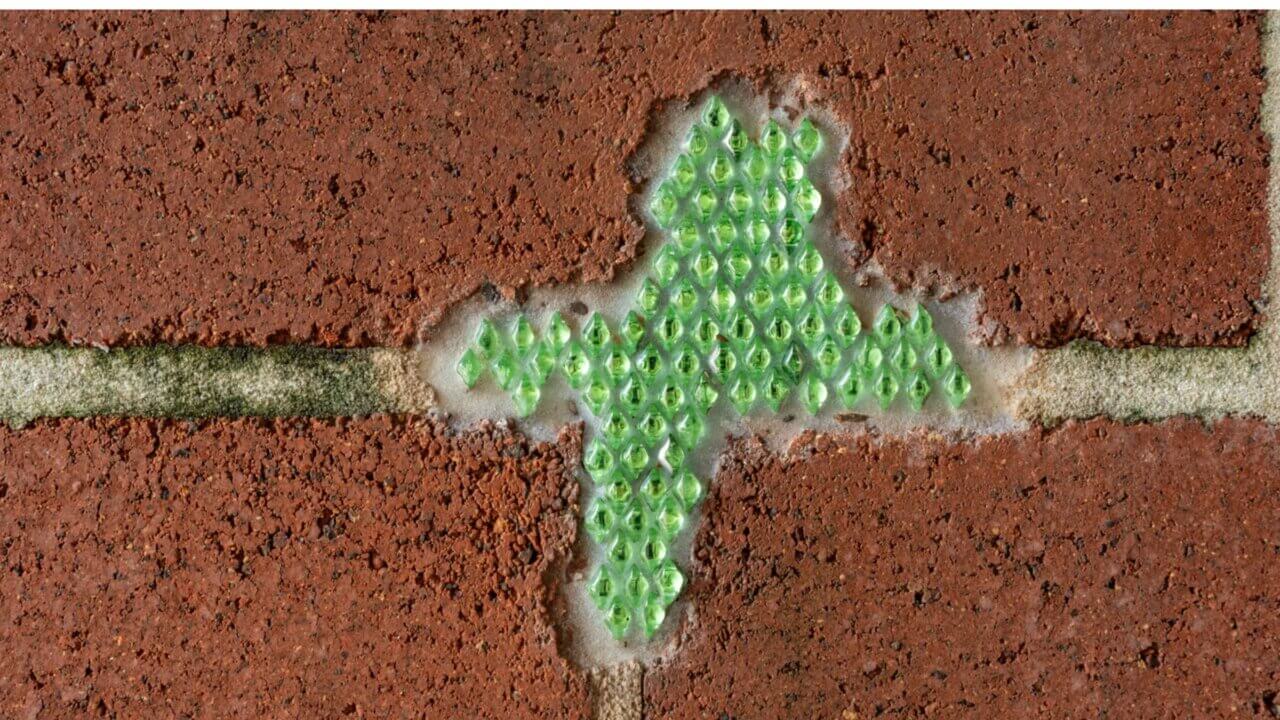
Last year, when Piet Noest began a series of paintings in response to Kent Farbach’s compositions Chrome (1995) and Chrome II(2014), his goal was to visually express the dynamics of sound through line, form and colour.
He and Farbach had worked together previously during 1994-1995, when Noest created watercolours and paintings based upon the composer’s work and its unique sensibility, resulting in the exhibition Chronochromie. Farbach in turn, wrote the three-part Chrome as response to Noest’s visuals. The cellist Matthew Farrell played Chrome at the opening in Gilchrist Galleries and later at the Queensland Art Gallery. Thus, colour – chroma – became the foremost language of their exchange and communication. In this current exhibition, Chrome 2015, a selection of 17 works from Chronochromie is shown. The years passed, and when Noest’s 2013 Redcliffe Art Gallery retrospective was opened, Matthew Farrell again attended, playing Chrome 20 years later.
In 2013, Noest suggested the prospect of a viola da gamba version as an exciting, serial method to further explore both the original composition and the viola da gamba’s potential as sonic invention within Chrome’s musical structure. Not only wishing to hear Chrome played in the wonderfully warm tonalities of the viola da gamba, Noest also wanted the opportunity to further investigate visual and auditory synesthesia. Farbach agreed to take up the challenge, and Chrome II came into being as an investigation of Chrome’s three-part composition, this time for the older instrument, resulting in two completely different compositions.
“The paintings for Chrome and Chrome II mirror the dynamics of the music and the sound – taking into account the different qualities of the sound of the cello and of the viola da gamba. The viola da gamba is much warmer… it’s really something else in its warmth,” said Noest. And so, in response to Chrome, Noest produced Burnt Sienna, Sky Blue, and Forest Green – echoing his personal perception of the cello’s unique tonalities. He said, “I love the cello – intuitively – Pablo Casals’ Bach suites were my introduction to the cello’s persona.” For Chrome II, played by Michael O’Loghlin, he moved to a warmer palette, and the paintings Crimson, Indigo and Viridian are the resulting products. Noest’s attraction to the viola da gamba’s more passionate – almost ecclesiastical – personality comes through in the saturated, bolder hues of these paintings.
The linear, flowing shapes comprising both Chrome and Chrome II were found by the artist while walking through his garden. They are, “organic – just going into the garden and seeing the shapes that would relate to the composition,” Noest said. Thus, Poinciana, palm fronds and paperbark were brought to the work as structural elements. The dynamics of his graphic line fuse the garden drawings with his reading of the scores – the visual arc of the notes on the page and the rendering of the score as graphic motion in time. Farbach’s interpretive directions to the musician such as pizzicato became bright yellow vertical bars in Crimson, or the blue bars in Viridian, as flashes of colour.
As a lecturer in drawing and painting at Queensland College of Art during the 1980s, and arts educator throughout Queensland up until 1994, Noest has connected with and influenced countless numbers of Australian artists currently practicing here and internationally. As a young artist, he received his training in his homeland of the Netherlands, later emigrating to Australia in 1981 to take up the position of Instructor in Painting and Drawing at QCA. In bringing to this country the Old Masters’ rigorous, traditional painting technology of glazing in oils, Noest’s work has bridged cultures and visual art practices from the Old to the New World, while fusing Modernism with an Australian concern for the land and its vastness.
With his paintings for Chrome and Chrome II, Noest has turned to the inner landscape, and charted an intimate rendering of his personal response to Farbach’s Chrome and Chrome II, compositions which, in their own right, bring together the sounds of multiple eras: the viola da gamba’s baroque warmth and the classical clarity of the cello. Both instruments are called upon to produce a Modernist brash atonality that, when painted into tangible form by Noest, can only be termed contemporary.
Written by Carol Schwarzman, June 2015
Kent Farbach’s compositional achievements have been acknowledged in Australia and overseas. In Australia, he has received commissions from ABC orchestras and has introduced his music to packed audiences at QPAC, Melbourne Concert Hall, and the Sydney Opera House.
Matthew Farrell was formerly the Principal Cello chair with the Queensland Philharmonic Orchestra, performing and recording in Brisbane and touring within Australia and internationally. A long-standing member of the Queensland Conservatorium string staff at Griffith University, he is Director-Orchestra Management at the QSO and Chairman of 4MBS Classic FM.
Michael O’Loghlin is a musician, educator, historical musicologist, and music editor, and has played with most of the Australian symphony orchestra, as well as orchestras and specialist early music ensembles in Germany and Austria. He is a founding member of the Badinerie Players, and an Honorary Research Fellow at the University of Queensland School of Music.
Image: Piet Noest, Burnt Sienna – cello 2014, Oil on canvas, 122 x 91cm.









